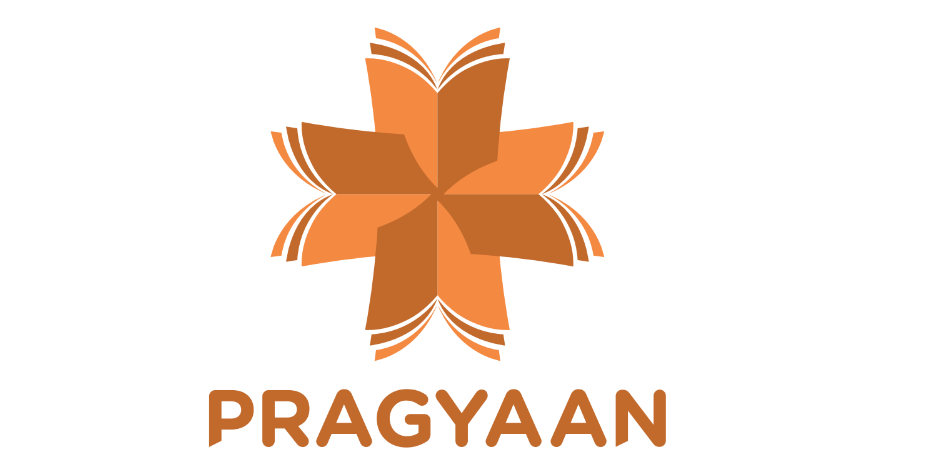Politics after television: religious nationalism and the reshaping of the Indian public/ Arvind Rajagopal
Material type: TextPublication details: Cambridge, UK ; New York : Cambridge University Press, c2001.Description: viii, 393 p. ; 24 cmISBN:
TextPublication details: Cambridge, UK ; New York : Cambridge University Press, c2001.Description: viii, 393 p. ; 24 cmISBN: - 9780521648394
- 306.20RAJ 21
- HE8700.76.I4 R34 2001
| Item type | Current library | Call number | Status | Date due | Barcode | |
|---|---|---|---|---|---|---|
| Books | IITHLIBRARY | Available |
Contents: Introduction 1. Hindu nationalism and the cultural forms of Indian politics 2. Prime time religion 3. The communicating thing and its public 4. A 'Split Public' in the making and unmaking of the Ram Janmabhumi movement 5. Organization, performance and symbol 6. Hindutva goes global Conclusion.
Overview: Winner of the 2003 Ananda Kentish Coomaraswamy Book Prize In January 1987, the Indian state-run television began broadcasting a Hindu epic in serial form, the Ramayan, to nationwide audiences, violating a decades-old taboo on religious partisanship. What resulted was the largest political campaign in post-independence times, around the symbol of Lord Ram, led by Hindu nationalists. The complexion of Indian politics was irrevocably changed thereafter. In this book, Arvind Rajagopal analyses this extraordinary series of events. While audiences may have thought they were harking back to an epic golden age, Hindu nationalist leaders were embracing the prospects of neoliberalism and globalisation. Television was the device that hinged these movements together, symbolising the new possibilities of politics, at once more inclusive and authoritarian. Simultaneously, this study examines how the larger historical context was woven into and changed the character of Hindu nationalism. Traces and analyzes the major links in the process of communication from the use of text and television, to the audience, and resulting response in the larger socio-political arena The theoretical analysis of television as a technology, and discussion of the work of the media Shows how cultural tensions between different language groups (Hindi and English in this case) are amplified through television in what Rajagopal calls a 'split public'
There are no comments on this title.
